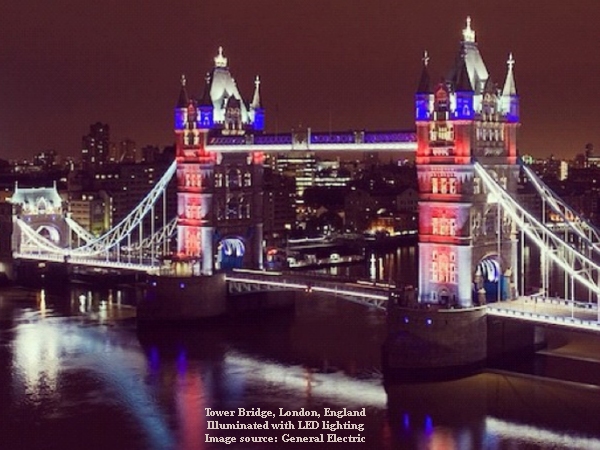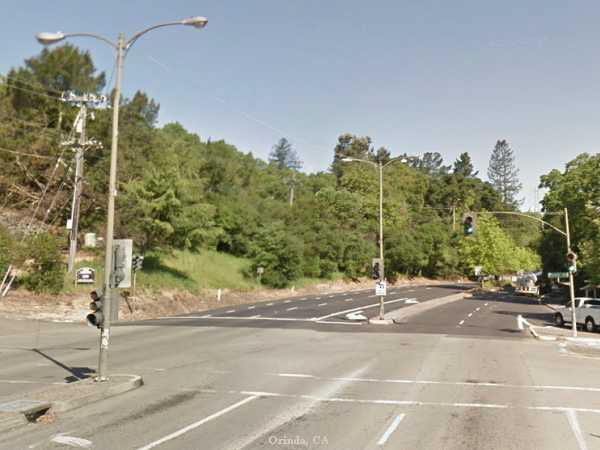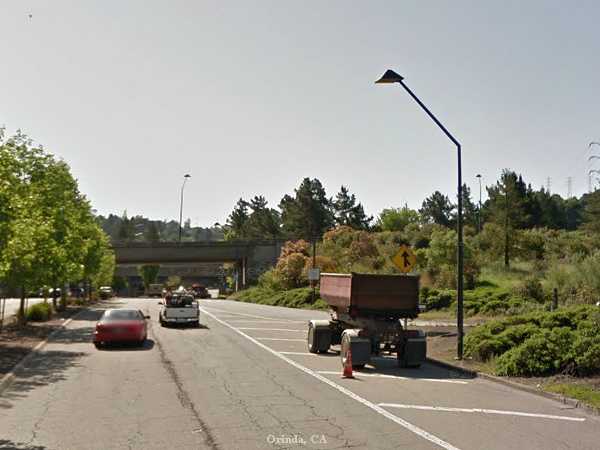Part Four
This document is a continuation from Part One In 1958 Donald Husby, working for Westinghouse, submitted a design for patent where a more compact mercury vapor ballast and starting capacitors could be fit into a larger but more streamlined luminaire. This style of lamp was dubbed "cobrahead" due to its shape and Husby's concept became the industry standard for directional high-intensity lighting.
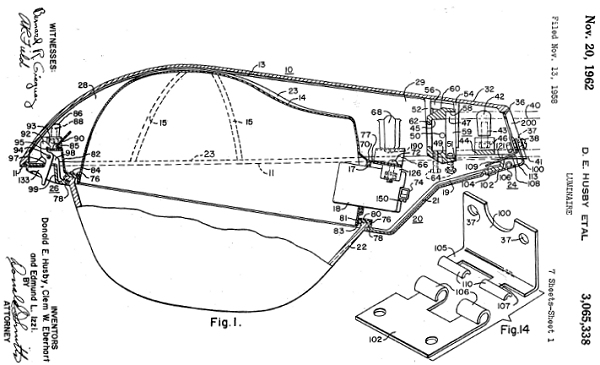
Open bottom refractors had been around since the early twentieth century but it wasn't until 175 watt mercury vapor lamps became popular that the modern "bucket" refractor became widely used. Early bucket refractors were generally omnidirectional. In 1956 Phillip Clark and Donald Harling designed a bucket refractor for McGraw Edison (the company that bought Line Material) that used prismatic facets to direct more light away from houses and redirect it up and down the street. From that point bucket refractors were extremely popular for lower intensity roadway lighting.
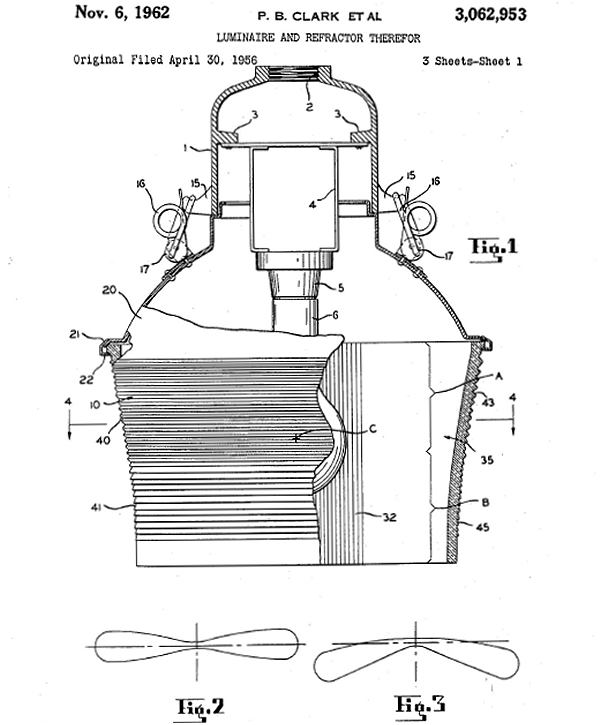
A great deal of effort was put into designing MV and HPS cobraheads, with the production of smaller designs that could still dissipate the heat generated by internally mounted ballasts.
An older cobrahead on the left with a more compact replacement on the right.
|
(More images and content to follow.)
This feature is currently under revision
and should be completed shortly.
|
